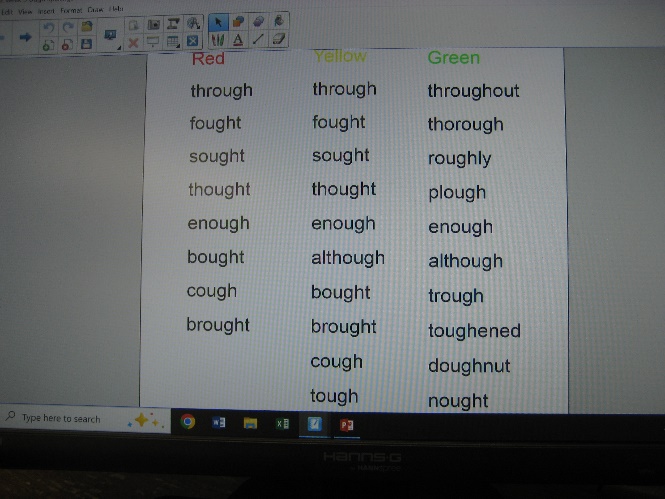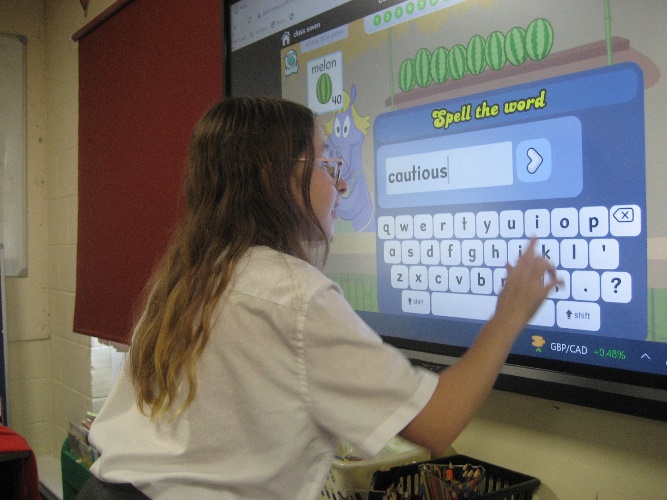Writing and SPAG
Intent
At Newlaithes Junior School we aim to develop the children’s ability to write independe
ntly and confidently for a variety of audiences and purposes, producing well structured, detailed writing in which the meaning is made clear and engages the interest of the reader. Competence in writing is paramount for the development of children’s communication skills and is a vital ingredient for progress in other subject areas. Across the key stage, teachers use shared and guided teaching to develop the ability in children to write creatively and powerfully. Attention is paid throughout the school to the formal structures of English, grammatical detail, punctuation, spelling and handwriting.
children evacuated out to The Croft Farm as part of their ‘Battle of Britain’ topic work.
Implementation
Teachers model writing strategies and the use of phonics and spelling strategies in shared writing sessions. Guided writing sessions are used to target specific needs of both groups and individuals, whilst children have opportunities to write at length in extended independent writing sessions/big writing tasks at the end of each unit. The children are given frequent opportunities in school to write in different contexts using quality texts as a model and for a variety of purposes and audiences. They will have the opportunity to summarise, draft, edit, revise and share their writing. There are also many opportunities for children to improve their writing inspired by drama techniques and film clips. They may be asked to produce their writing on their own or as part of group. Writing is continually monitored in and after lessons, with ongoing feedback provided to the children.

Computing is also an important part of the literate environment. It can be used in a variety of ways to assist the children with drafting work, enabling them to see the content of their writing clearly and allows them to pick up errors impelling, punctuation and expression. For those children who find writing physically challenging using such a device can help them overcome barriers. For some children, communication devices and the ability for programs to ‘talk back’ are particularly helpful.
As a child progresses through Key Stage 2 increasing sophistication in both the content and execution of their work is demanded. For example, stories and other accounts are expected to have clear beginnings, well defined middle narrative sections and should have a clearly thought-out ending. The prose has to be structured within a broad range of connectives and continue in the same tense. Children are taught how to demarcate complete sentences from the start and the use of commas, speech marks, paragraphs and apostrophes is progressively taught as and when a child is ready for that stage, and within the guidelines of the Primary Framework. Pupils are encouraged to use dictionaries to help spell unfamiliar words, and are encouraged to increase their prowess as writers by planning, checking, redrafting and displaying their prose. The skills of self-checking are one that we continually reinforce. It should be remembered that the context of pupils’ reading, i.e. the texts, gives structures, themes, and purposes for much of their writing, whilst the focused teaching of word and sentence level skills contributes to the organisation and accuracy of their writing.

Grammar, vocabulary and punctuation - Most of our teaching of grammar, vocabulary and punctuation is carried out within Shared Writing/Reading, when discussing a child’s work and in-group sessions to teach a particular point to a cluster of children. These are planned in our weekly forecasts. (The school has a selection of published materials that can be used with pupils when it is thought appropriate to use this approach.) We realise the importance of pupils being taught the correct grammatical terms in English and ensure that these terms are integrated within our teaching. Separate ‘spag’ lessons are also timetabled throughout the key stage.
Spelling – an outline programme based on the National Curriculum English Document (2014), linked to Spelling Shed and Little Wandle, is available for each year group. The programme maps out a timetable for each year group. We want to encourage children to talk about words and notice patterns. Every few weeks it is suggested that teachers focus on teaching commonly mis-spelt words identified through marking or teach some words related to a topic, e.g. history or science. (Within each year group weekly Letters and Sounds sessions also take place for those children who need extra support.)

We use the Nelson Handwriting Scheme in school to help children develop fluent, clear and legible joined up writing. From the earliest days, children are expected to pay particular attention to the presentation of their work. Decorative effects and different methods of illustrating work are encouraged. The use of line-guides is an essential aid to helping pupils set out their handwriting. Handwriting and spelling are skills that are closely linked. Children are continually reminded of the link between spelling and handwriting from the earliest stage when they are taught the “Look, Cover, Write and Check” method of learning new letter-strings.
Teachers will seek to take advantage of opportunities to make cross-curricular links. They will plan for pupils to practise and apply the skills, knowledge and understanding acquired through literacy lessons to other areas of the curriculum. There is a strong focus on vocabulary to enhance and ensure children have the opportunity to deepen and widen their knowledge through a language rich environment, where new vocabulary taught is embedded and linked to the topics/themes taught across the curriculum. This allows the cohesion, sense and deeper understanding of words and language to be extended. Teachers assess children’s independent, extended writing after set written tasks against our writing criteria, making an overall judgement termly. Writing moderation takes place within school, in both year groups and within the key stage as a whole. Schools within ‘Carlisle School Partnership’ also moderate within year groups at least twice yearly. Children’s work will be displayed in the classroom and around the school.
Impact
Writing is an essential skill that helps individuals to inform, collaborate and engage others. It is a vital life skill which through our well-developed writing scheme, assessment and appropriate intervention, ensures all children should make at least the expected progress needed to continue their writing as they progress through each stage of their school life. This is measured through the monitoring cycle in school. NFER and previous SATs papers are used to formally assess spelling, punctuation and grammar. These standardised termly tests are used to measure and predict progress against the national curriculum alongside weekly spelling tests. Within writing, children are assessed primarily with reference to the independent writing tasks that they complete. This is usually at the end of a teaching sequence and provides a showcase of their writing skills. The quality of writing across the curriculum is also evaluated by learning walks, observations, work scrutinies and pupil conferencing. The impact on our children is that they have the knowledge and skills to be able to write successfully for a purpose and audience. By the end of key stage 2, children have developed a writer’s craft, they enjoy sustained writing and can manipulate language, grammar and punctuation to create effect. As all aspects of English are an integral part of the curriculum, cross-curricular writing standards have also improved and skills taught in the English lesson are transferred into other subjects; this shows consolidation of skills and a deeper understanding of how and when to use specific language, grammar and punctuation.
